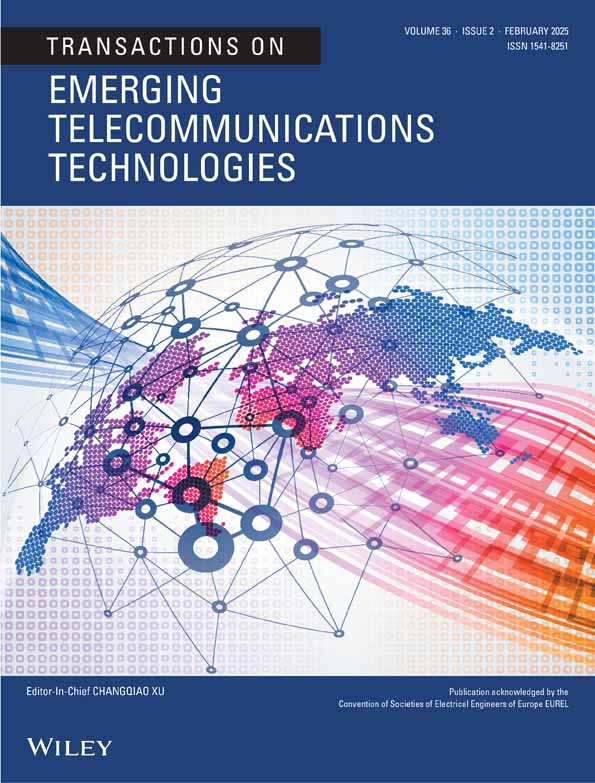An Enhanced IOMT and Blockchain-Based Heart Disease Monitoring System Using BS-THA and OA-CNN
Funding: The authors received no specific funding for this work.
All authors have made equal contributions to this article.
ABSTRACT
The heart disease monitoring system is helpful for doctors to understand the overall heart health of patients by measuring the functions of the heart via IoMT devices. However, the existing studies did not consider the arrhythmias' consequences along with ECG and PCG to predict heart disease accurately. Therefore, this paper presents an enhanced IoMT and blockchain-based heart disease monitoring system using BS-THA and OA-CNN. The doctor and patient can initially register and log in to the system. At this point, the keys are generated for patients and doctors. After login, the data sensing is done, and the sensed data is uploaded to the IPFS. Next, the hashcode is generated and stored in the blockchain. In the meantime, MAC is created and verified for authentication. After verifying the MAC, the sensed data is given to the heart disease classification system, which is trained based on preprocessing, spectrum analysis, signal decomposition by PV-EMD, scalogram, and grayscale conversion, ECG and PCG wavelet components extraction, ECG wave intervals extraction, arrhythmia consequences, feature extraction by DPCA, feature selection, and classification. Finally, the proposed OA-CNN effectively classified heart disease. Thus, the results proved that the proposed methodology achieved a higher accuracy of 98.32%, which is better than the prevailing models.
Conflicts of Interest
The authors declare no conflicts of interest.
Open Research
Data Availability Statement
The data that support the findings of this study are available from the corresponding author upon reasonable request. Dataset can be found in following links: https://physionet.org/content/ephnogram/1.0.0/; https://www.kaggle.com/datasets/aavigan/cleveland-clinic-heart-disease-dataset.




